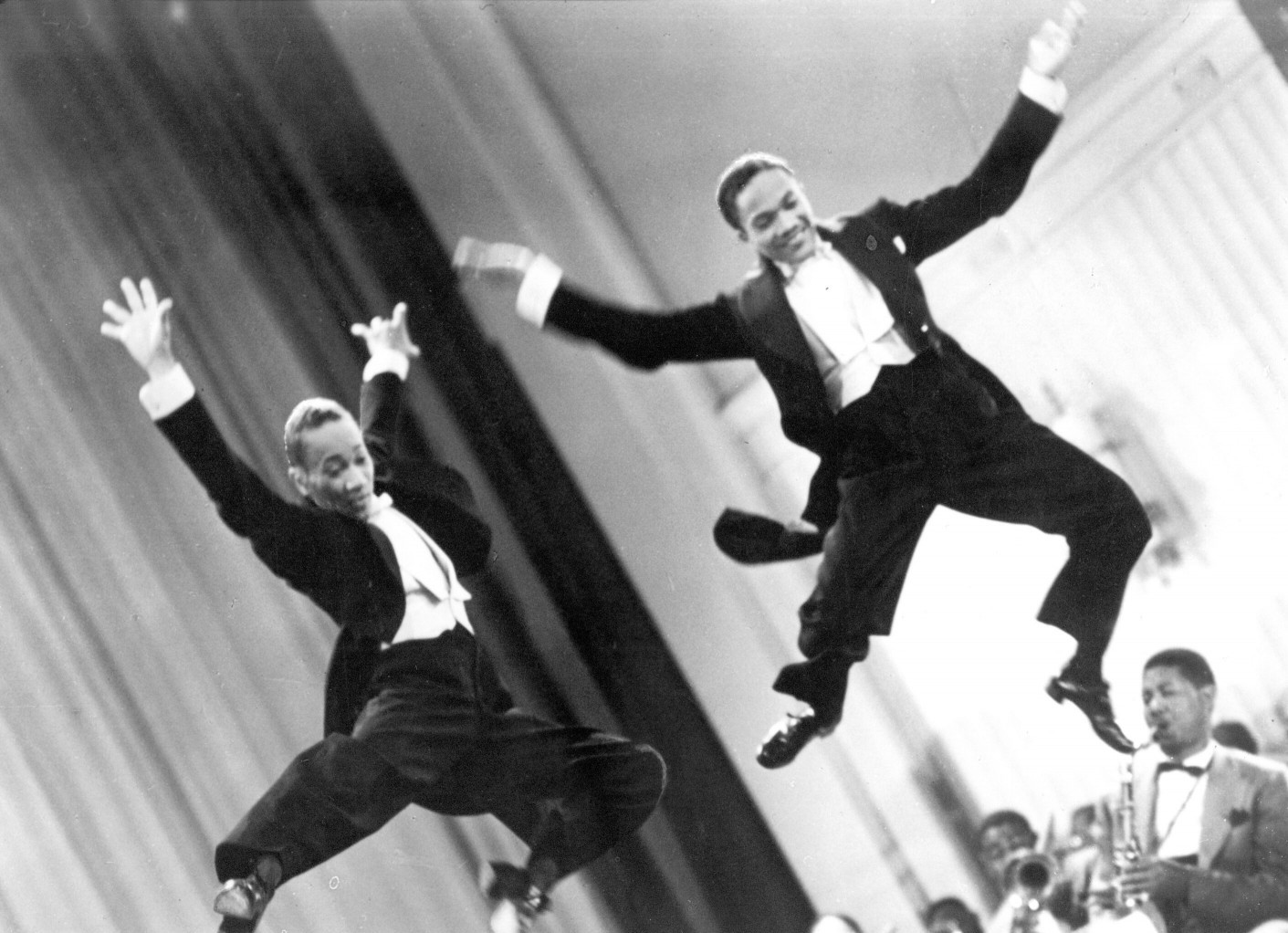If you were going to describe someone who has a high degree of well-being, it might go something like this: “Felicity is in a happy and fulfilling committed relationship, she has close and caring friends, she keeps fit by playing tennis, a sport she enjoys, and her professional life is both successful and satisfying.”
The states that comprise Felicity’s well-being are not an accidental conglomeration of happy facts. They build upon and foster one another, forming a kind of causal web or network. Take any fact that is part of Felicity’s well-being. It is likely to be both cause and effect of other facts that make up her well-being.
Your life is going well for you when you’re stuck in a self-maintaining cycle of positive feelings, attitudes, traits and accomplishments. You’re in a positive groove. You instantiate a Positive Causal Network. A PCN isn’t just a success-breeds-success cycle. Scrooge doesn’t have well-being just because he sullenly and mechanically keeps getting richer. A PCN is a success-breeds-success cycle comprised of states you find (mostly) valuable or pleasant or both.
****
The network theory holds that a person’s level of well-being is determined by the strength her PCN and PCN fragments. It consists of four theses:
- The state of well-being is the state of instantiating a PCN.
- A PCN is stronger (and so one has greater well-being) to the extent it’s more robust. A PCN is more robust to the extent it can survive more challenging environments. (A PCN is like a running engine. It’s stronger to the extent it can survive tough times.)
- One can have some degree of well-being without instantiating a full-blown PCN. Sam doesn’t have a PCN but his life goes better for him because he has a good friend. The network theory explains this in terms of PCN fragments: Feelings, attitudes, traits and accomplishments that could potentially be part of a PCN for the person.
- For an account of the strength of PCN fragments, see chapter 3, section 5 of TGL.
****
The case for the network theory is an inference to the best explanation.
(1) Science: The network theory organizes and unifies Positive Psychology better than four popular alternatives, hedonism, informed desire theory, Aristotle’s theory and the authentic happiness view. This shouldn’t be surprising since the network theory was built with this purpose in mind. (See the last post, A Fine Mess.)
(2) Intuition: The network theory captures philosophers’ intuitions about well-being reasonably well. It makes sense of what’s intuitively right about established philosophical theories (e.g., hedonism is plausible because happiness is an excellent proxy for the strength of PCNs). It also makes sense of many standard objections to those theories (e.g., hedonism is wrong about the experience machine example).
You shouldn’t be satisfied with this thumbnail sketch of the case for the network theory. I could try spell out these arguments in a bit more detail. But you’d still be unsatisfied. For the gory details, I’m afraid you’ll have to see chapters 4 and 5 of TGL.
I’m going to consider three objections to the network theory.
****
Objection1: A PCN isn’t necessary for well-being.
Sam has all the states that make up a PCN but they aren’t causally connected in a way that make them a network. Maybe he’s lucky. Or a powerful demon randomly sends these things his way. Whatever.
The network theory can appeal to PCN fragments to explain Sam’s high level of well-being. So this sort of objection isn’t going to be a problem.
****
Objection 2: A PCN isn’t sufficient for well-being.
Sue’s life is rich and full of things she values – strong close relationships, professional accomplishments, energizing activities, fulfilling projects. She instantiates a PCN. But she’s missing whatever your favorite theory takes to be essential to well-being. “Sue is sad and miserable and she experiences no pleasure,” says the hedonist. “Sue is wicked,” says the Aristotelian. “Intellectually, Sue recognizes the value of her relationships, accomplishments, etc., but she doesn’t desire them,” says the desire theorist.
The network theory might violate your intuition in some or all of these cases. Here’s where the inclusive approach carries a heavy load: If the network theory best accounts for the entirety of the evidence, we should accept it despite the occasional counterintuitive result. This isn’t simply a “bite the bullet” or an “outsmarting” strategy (where one embraces a counterintuitive result come what may). The network theory can more than compensate for its intuitive sting by appealing to its power to account for the science and the vast majority of our intuitions.
****
Stay tuned for the third objection: Can the network theory explain the normativity of well-being?
****
Notes:
- There’s a lot of Richard Boyd in the network theory of well-being. The idea that certain kinds or conditions are self-maintaining causal networks (or homeostatic property clusters) is Boyd’s. And footnote 2 of his classic paper “How to be a Moral Realist” sketches something much like the network theory of well-being (1988, 204).
- I didn’t choose the obvious picture to go with the title. Sorry, but there’s nobody groovier than the Nicholas Brothers.

